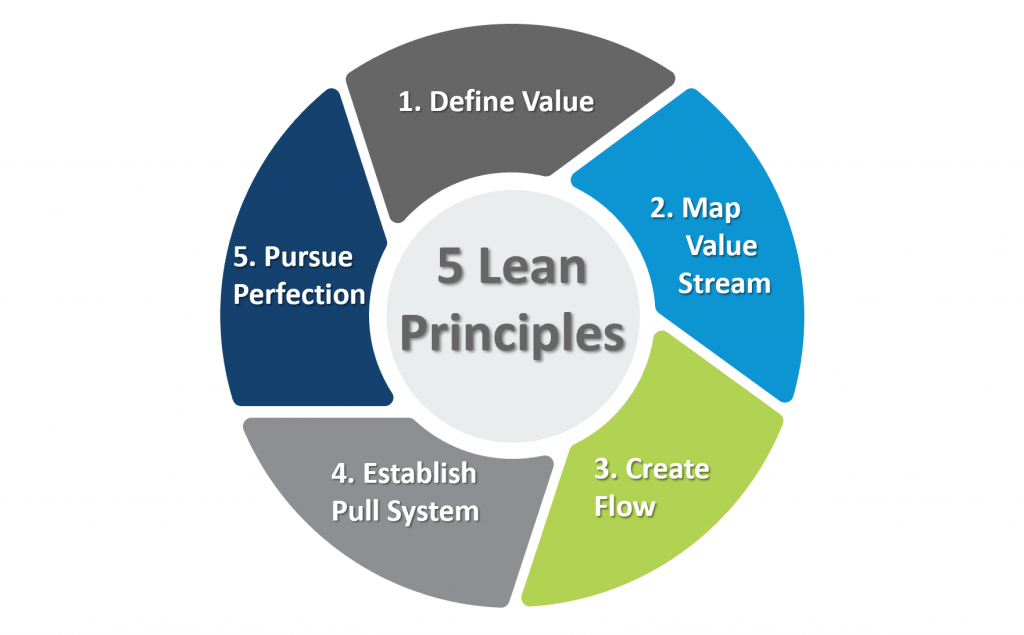In this day and age, more and more individuals are venturing out to entrepreneurship. While there are many available ways to improve your business, some approaches are undeniably more effective and efficient than others. Whether you own a small business or already a blue-chip businessman, having a “growth mindset” would put you at the top of your competitors.
Lean Six Sigma is defined as a method created to eliminate dilemmas, discard waste and incompetence, and enhance working conditions to produce a more favourable response to clients’ demands.
Three Fundamental Elements to Lean Six Sigma
Tools and Techniques
A comprehensive collection of tools and logical systems are utilised to recognise and solve problems.
Process and Methodologies
A series of stages that authorise the application of essential problem-solving will ensure that the exact source of problems is located and that a solution is thoroughly executed.
Culture and Mindset
A form of reasoning relies on tangible data and rules to reach operational performance objectives and continuously upgrade.
Five Key Principles of Lean Manufacturing
Value
The value is defined by what the client deems to be significant within a commodity or service, rather than anything the people producing or distributing the commodity or service consider relevant.
Value Stream
The set of marketing activities and levels involves creating and delivering goods and services to the consumer; it is the combination of the actions collectively rather than analysing each step in solitude.
Flow
It points to a constant and continuous flow of actions that supplement value to the client rather than waste and incompetence that hinders the flow throughout the value stream.
Pull
The point to which the value stream is particularly preparing products and services is a client request, rather than building something and expecting someone to require it.
Perfection
The constant evaluation of value stream production to identify and enhance the significance produced and presented to the client, rather than combating modifications that refine the method of designing and delivering customer value.

Five Phases of Six Sigma
Define
In this stage, the limits for the method being examined are set, and the expectations or wanted outcomes for that method are determined from a client perspective.
Measure
In this stage, the current enforcement of the method, commodity, or service is estimated to determine what is happening, especially from a client perspective.
Analyse
In this stage, the method, commodity, or service is analysed using the calculated data to arrange the origins of the variables that are creating the problem.
Improve
In this stage, the potential modifications to the method, commodity or service are evaluated, and a clear set of reforms is produced and tested.
Control
In this stage, the adjustments are executed, and the supporting practices are also improved while the method, commodity, or service is under control.
The methodologies of Six Sigma work with any system with a specified achievement goal and measurable components as it heavily relies on data.
In essence, Lean Six Sigma associates the devices, systems, and beliefs of Lean and Six Sigma within one popular and effective process for advancing your business’ operations. This method’s team-oriented approach has successfully established and verified favourable outcomes in maximising performance and dramatically increasing profitability for industries around the globe.










